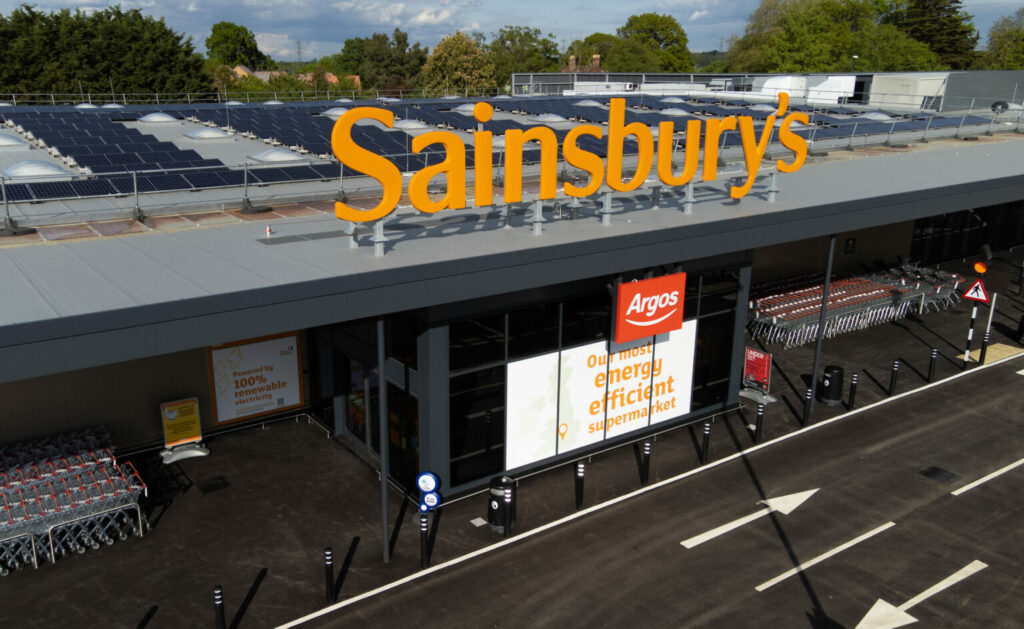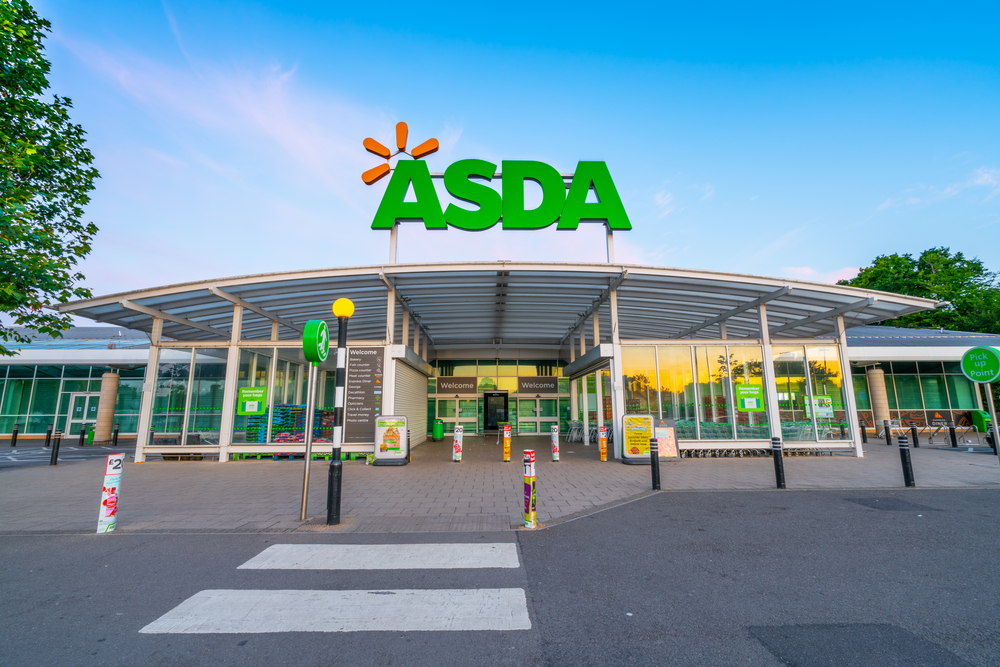This month sees new legislation introduced, which requires retailers to clearly label food products at the shelf edge and display any ingredients which might trigger consumers‘ allergies. So how will the Food Information for Consumers Regulation (EU FIC) impact retailers? How they can harness the latest digital display technology to be more responsive to legislative change and enhance the customer experience?
As new laws come in, technology is on hand to provide solutions, along with time and cost savings, for retailers. Here are four ways digital displays can help retailers meet regulation changes, while adding value for customers.
Speed and agility
Digital display technology, such as electronic shelf labels (ESLs), enable retailers to roll out changes to product information in real-time across an entire store estate. This means any changes to allergy information can be managed from a central point to keep customers up to date. Retailers can also use dynamic ESL capabilities to rapidly update other details at the shelf edge, such as item prices or new promotional offers.
Time is money
By managing product information changes centrally, retailers can save enormous amount of time that would otherwise be spent manually changing paper labels. As such, sales associates become empowered to focus on customer-centric tasks, such as serving shoppers or ensuring stock is readily available on the shop floor.
Building customer trust
In today‘s retail world, customer trust is the most important aspect of the retail relationship. By displaying all the information the consumer needs, such as nutritional values, ingredients and provenance, retailers can instill trust and uniformity across their network and give consumers the confidence to buy and return. This principle can be rolled out into other areas, such as pricing and promotions, to ensure transparency and clarity in all channels, further instilling trust amongst shoppers that they are getting the best deal possible.
Beacons add value
Informing customers exactly what they‘re buying is just one added-value experience that retailers can offer consumers using digital display technology. ESLs can integrate with other technology such as the latest Bluetooth beacons, which communicate personalised offers to customers via their smartphone. This creates a more engaging and rewarding in-store experience, which will hopefully lead to repeat purchases and customer loyalty.
David Hilton, Director of Product Management at Displaydata
















